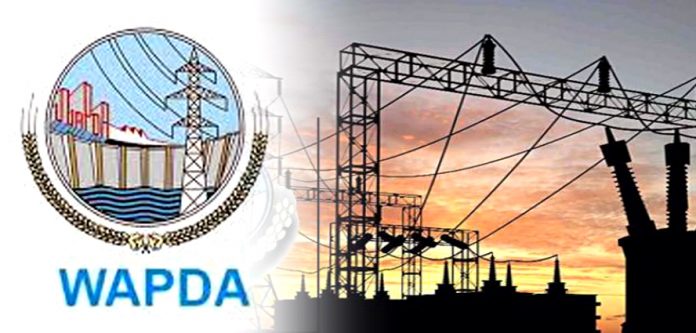WAPDA Chairman Directs Timely River Diversion for Mohmand Dam Project During Low Flow Season
In a recent visit to the Mohmand Dam Project in Khyber Pakhtunkhwa Province, Chairman of the Water and Power Development Authority (WAPDA), Engr Lt Gen Sajjad Ghani (Retd), issued directives to the project's contractor regarding the diversion of River Swat during the current low-flow season.

The chairman conducted a thorough review of the construction activities at various sites, focusing on the spillway and river diversion tunnels. The ongoing works, including excavation, stabilization, and concreting, were simultaneously assessed for progress.
During a progress review meeting, attended by key figures such as the GM/PD of the Mohmand Dam Project and representatives from the consulting and contracting teams, the Chairman received updates on multiple aspects. These included advancements in the river diversion tunnels, spillway excavation, and concreting, as well as the development of the project colony and permanent access roads in the project area. The meeting delved into the status of quarry development, coffer (starter) dam design, and the timelines for river diversion.
Emphasizing the importance of timely completion, the Chairman stressed the need for the River Swat diversion during the current low-flow season. He further directed the contractor to allocate additional resources to meet this objective.
The Mohmand Dam, one of eight mega projects under construction by WAPDA, aims to add approximately 10 MAF of water storage and generate 10,000 MW of hydropower in phases from 2024 to 2028-9. The dam is slated for completion in 2026 and is expected to store 1.29 MAF of water, irrigate 18,233 acres of new land, supplement irrigation supplies to 160,000 acres of existing land, and provide 300 million gallons of water per day to Peshawar for drinking purposes. Additionally, the project boasts an installed power generation capacity of 800 MW, with an annual energy generation of 2.86 billion units of green, clean, and economically affordable hydel electricity.








